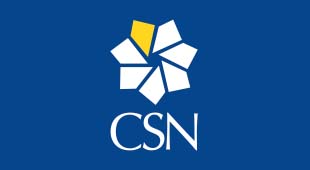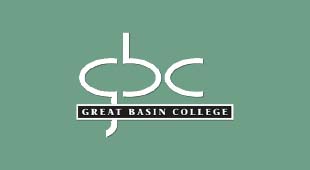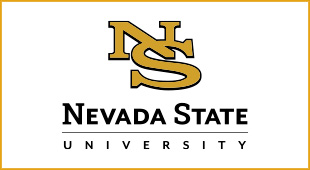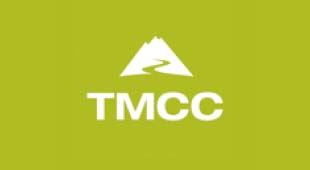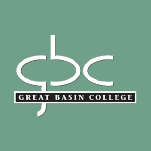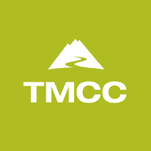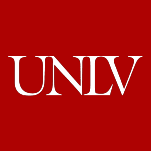
Form 1098-T Information
What is the 1098-T?
In 1997, Congress passed the Tax Payer Relief Act, which included provisions for the Hope Scholarship Credit and the Lifetime Learning Credit. Both credits allow certain taxpayers who have incurred qualified expenses for higher education to take a credit against their federal income tax liability.
The following is general information only and should not be taken as tax advice; please contact the IRS or a tax professional. The College cannot provide assistance regarding your eligibility or the calculation of the credit.
The following web sites have additional information that may be useful.
How to Fill out the 1098-T
The total amount of payments received for qualified tuition and related expenses from all sources during the calendar year. The amount reported is the total amount of payments received less any reimbursements or refunds made during the calendar year that relate to the payments received for qualified tuition and related expenses during the same calendar year.
This box is left blank.
This box is left blank since the Nevada System of Higher Education has not changed its current method of reporting from the previous year.
The amount in this box should be the sum of all reductions in tuition (refunded or not) related to amounts billed in a prior year. This amount is reported as a positive number per IRS requirements. However, it is actually a decrease to the amount that was reported on a prior year 1098-T.
This box contains the sum of all scholarships the Nevada System of Higher Education administered and processed for the student’s account during the calendar year. Scholarships that pay for tuition (qualified scholarships) as well as for housing, books, and other expenses (non-qualified scholarships) will be included in this amount. Tuition waivers and payments received from third parties that are applied to student accounts for educational expenses are included in this box.
Decreases or refunds of scholarship amounts related to scholarships reported in a previous year are included in this box. This amount is reported as a positive number per IRS requirements. However, it is actually a decrease to the amount that was reported on a prior year 1098-T.
Shows whether or not the amount in Box 2 includes amounts for an academic period beginning January-March of the following year printed on the face of the form. See Pub. 970 for how to report these amounts.
A check in this box indicates that you are or have been enrolled at the Nevada System of Higher Education at least half-time for at least one semester during the calendar year.
This box will be checked if you are a student enrolled in a program leading to a graduate-level degree.
Shows the total amount of reimbursements or refunds of qualified tuition and related expenses made by an insurer.
Frequently Asked Questions
Educational institutions are required by law to provide information to students who may qualify for the Hope Scholarship Credit or the Lifetime Learning Credit. Schools, colleges, and universities report this information to the IRS and to students on Form 1098-T.
Whether you may take advantage of these tax credits depends upon your individual facts and circumstances. Your institution cannot provide tax advice, so you may want to consult the IRS or a tax professional to find out more about the credits and your eligibility. Please see the resource links above for additional information.
The IRS requires Form 1098-T covering the previous calendar year must be postmarked by January 31 of the current calendar year. This form is mailed to the student’s permanent address or is made available in the institution student system if you elected to receive it electronically. Address changes for mailing may be made by logging into the respective institution student system and updating your information. The advantage for receiving the 1098-T electronically is that it is immediately available and is in your student account for retrieval at any time.
The Nevada System of Higher Education reports qualified tuition and related expenses by amounts paid. The amount paid must have been recorded in the calendar year for your tax return. Example: If you paid for your Spring courses in November or December, they will be included on your current 1098-T. If you paid for your Spring courses in January, they will be included on your next year’s 1098-T.
Other Reasons:
Non resident Aliens are not required to be reported.
Students whose qualified tuition and related expenses are entirely waived or paid entirely by scholarships or grants are not required to be reported.
As determined by the Federal Government, qualified expenses are defined as expenses required by and paid to the institution for enrollment purposes. Examples of non-qualified expenses are charges for room, board, books, insurance, transportation/parking, and similar personal, living, or family expenses.
When reviewing your records please take into consideration your actual billing/registration dates. The 1098-T form reflects amounts paid in the calendar year. Amounts paid in the prior or next calendar year are not included.
Example
Example: If you paid for your Spring courses in November or December, they will be included on your current 1098-T. If you paid for your Spring courses in January, they will be included on your next year’s 1098-T.
Institution Contacts
